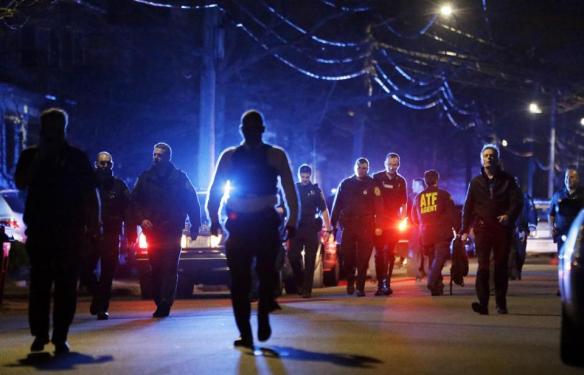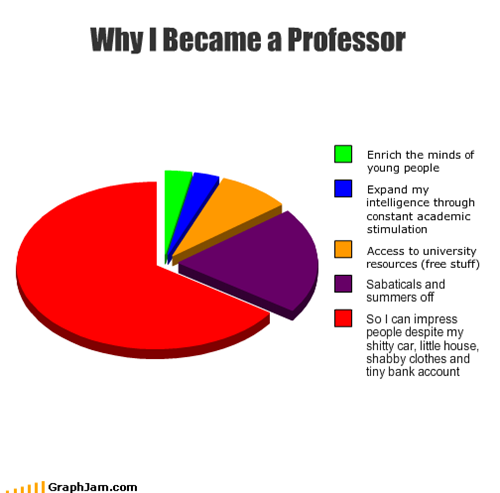It is fashionable to express contempt for those who drive past an accident and slow down to look. According to the critics, rubbernecking signifies a prurient interest in the misfortunes of others, a fundamental and irresistible inhumanity automatically triggered by the prospect of blood, gore, and emotional wreckage. The same principle applies to other varieties of voyeurism activated by celebrity meltdowns, tell-all memoirs, sexual indiscretions, mass tragedies, noble sacrifices, and spectacular acts of strength and courage. If we were a better species, not so prone to viewing destruction and exposure as entertainment, so the story goes, our curiosity would not be so much on display.
Personally, I’m not convinced that our human interest in calamity (and calamity barely averted) stems from something sordid that sprouts from the brickwork of civilization. In a work of literature, captivation begins where good luck runs out, and we attribute the burning compulsion to turn the page to curiosity or a search for meaning rather than bad character. When disaster hits bricks-and-mortar reality, though, the same impulse seems outré. If the medium is the message, then Twitter, facebook, Reddit, and the blogosphere seem to lead us towards the worst of both fiction and reality, where facts and meaning are equally elusive.
Yes, I am talking about the Boston Marathon bombings.
When I see a car accident, I always, always look. I am not ashamed of looking. I want to know two things: Is it someone I know? and Are the victims okay? I do not seek the frisson of adrenaline rush that comes from contorted metal or imagining something worse behind the ambulances and fire trucks. In a work study job cataloguing historical photos when I was an undergraduate, police photos of local car crashes comprised a good portion of the collection, but I couldn’t bear to look at them; and in high school Driver’s Ed, when we were forced to watch several editions of the car-crash scare series Red Asphalt, I became so terrified I would kill someone that once I finally got my license I didn’t want to drive. In other words, I am looking for reassurance, not a cheap thrill at someone else’s expense.
I think that something similar happens when someone seemingly “normal”—or at least normal enough—commits a large-scale atrocity. Some people complain that we are more interested in the perpetrators than in the victims, who are more deserving of media attention. But, to me (and, I suspect, to others), the victims’ role is not nearly as frightening as the perpetrators’. Certain horrific acts, like what took place at the Boston Marathon, or Sandy Hook, or Aurora, or Tuscon, make us seek answers to our most terrifying questions: Who could be capable of such a thing? Could I? Could someone I know? Would I recognize such a person? How does someone make the decision to become a terrorist? Could he have been stopped?
At least from the preliminary reports, both the Boston Marathon bombers turned to violence in response to ordinary human pain: parents’ divorce, immigration, a best friend’s murder. The evidently more volatile brother, who already felt out of place in the United States, lost the possibility of citizenship when he committed domestic violence, and, in response, threw away his own humanity to retaliate with terrorism. He went to Bunker Hill Community College (where I have colleagues), and then dropped out while immigrants with similar problems kept going. The younger brother, the one almost universally described as warm, kind, and popular, bafflingly went along with his brother’s plans—why?
Peter Young Hoffmeister, a high school teacher and former Huffington Post blogger, lost his HuffPost blogging gig when he submitted a post recounting his past as an angry, lonely, gun-obsessed young man. After being expelled for carrying a loaded, stolen handgun to high school, he got kicked out of two more schools before “the support of some incredible adults” and an outdoor program for troubled teens inspired him to straighten out. Compassion saves, at least sometimes. Maybe there will always be Loughners and Holmeses who spiral out of reach, but on the other side there are also Hoffmeisters who force us to ask, Couldn’t something have been done?
I have noticed that it’s much easier to throw around the “evil” label, to dehumanize, to call for the torture and death of the “monsters,” than to ask such questions—at least judging by the talk shows, media rhetoric, and inflammatory facebook posts that have rippled through my feed the past few days. Now that the victims are maimed or dead, it’s too late for compassion to make a difference in the outcome, but to look for reasons is to acknowledge that there might have been a moment, or even moments, when someone might have intervened, or some time when a few kind words might have helped prevent so many worlds from breaking.










